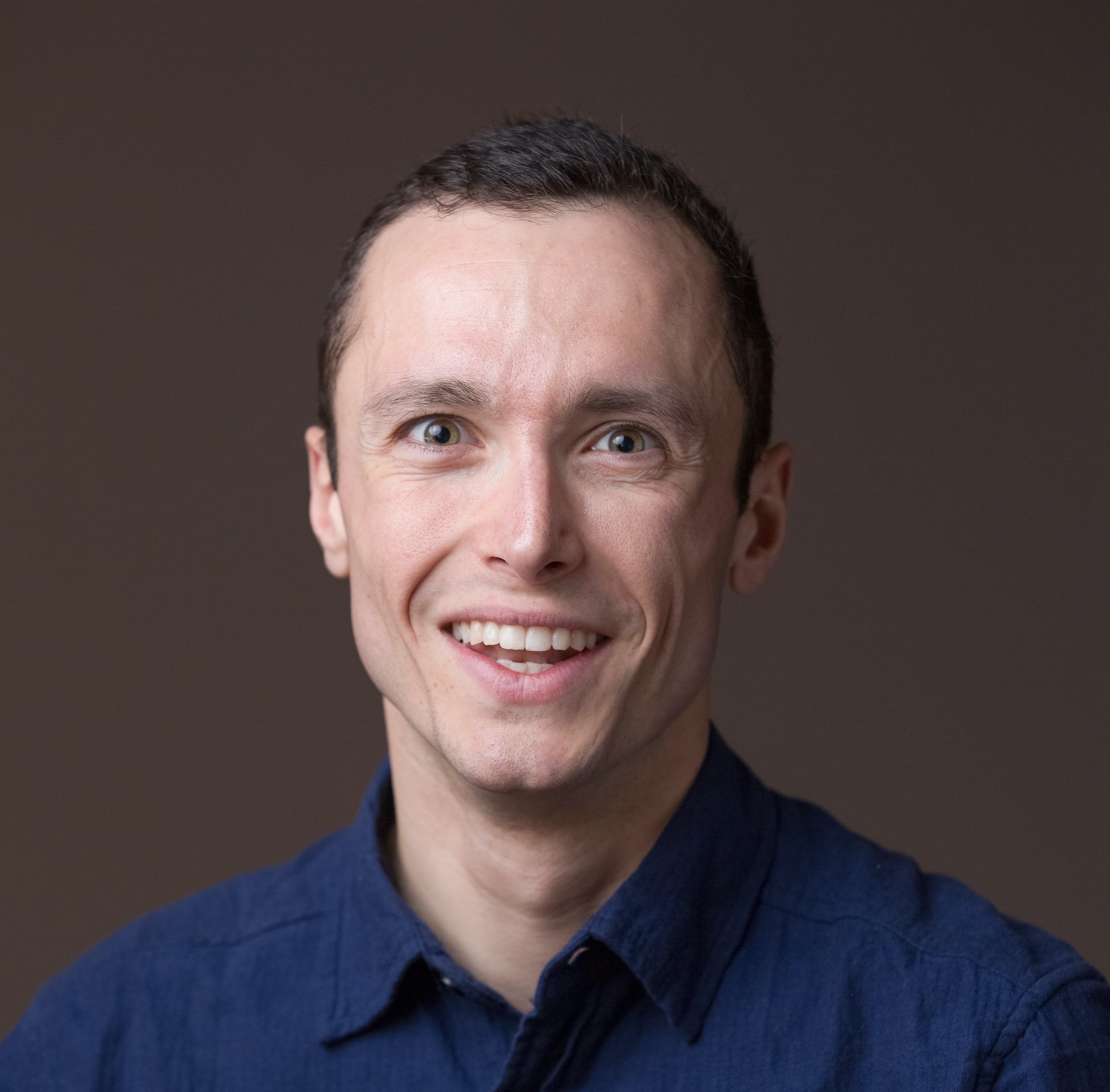Jonah Shaw

Post-Doctoral Associate at the University of Colorado Boulder.
Research
I love the creative and collaborative nature of climate research. The opportunity to work with scientists across my discipline and across the world is a constant source of excitement and motivation for me. You can find a brief summary of my research below.
-
Simulating spectral longwave radiation in global climate models. Infrared spectral radiation fields observed by satellites make up an information-rich, multi-decade record with continuous coverage of the entire planet. As direct observations, spectral radiation fields are also largely free from uncertainties that accumulate during geophysical retrieval and data assimilation processes. Comparing these direct observations with earth system models, however, is hindered by definitional differences between the radiation fields satellites observe and those generated by models. I built a flexible, computationally efficient tool called COSP-RTTOV for simulating satellite-like radiation fields within ESMs. Outputs from COSP-RTTOV are consistent with instrument spectral response functions and orbit sampling, as well as the physics of the host model. To learn more about this tool and its applications, read the paper here: COSP-RTTOV-1.0: Flexible radiation diagnostics to enable new science applications in model evaluation, climate change detection, and satellite mission design.
-
Accounting for observational uncertainty in climate change detection and attribution. Attributing changes in the earth’s climate to human actions puts the consequences of climate change into clear focus. Formal detection and attribution requires comparing estimates of naturally occurring climate fluctuations with observational records (e.g. decadal measurements of surface temperature and precipitation). How uncertainty in these observational records may delay the detection of climate changes, however, has not been considered. I quantified this delay and investigated how it varies regionally over the globe. Read the paper here: Early and widespread emergence of regional warming is robust to observational and model uncertainty.
-
I co-authored a study led by Dr. Stefan Hofer that investigated how cloud thermodynamic phase (liquid droplets or ice crystals) influences equilibrium climate sensitivity (ECS). We found that ECS increased when a climate model was adjusted to more closely match satellite observations. By adjusting the model only in the northern and southern extratropics, we also showed that this increase in ECS comes mostly from cloud changes in the southern hemisphere. Read the paper here: Realistic Representation of Mixed-phase Clouds Increases Projected Climate Warming
-
The Arctic is warming somewhere between 2 and 4 times the global average. Given this rapid pace of surface change, how is the thermal energy that the Arctic radiates into space changing? Using observations from NASA’s CERES mission and the CESM1 Large Ensemble, I placed observed and predicted changes in Arctic outgoing longwave radiation into the context of internal climate variability. I found that observed longwave radiation changes are on the cusp on emerging from internal climate variability. Furthermore, changes in longwave radiation occurring in the fall months are likely to be detected two decades before changes occurring in the spring. Read the paper here: Processes Controlling the Seasonally Varying Emergence of Forced Arctic Longwave Radiation Changes
-
I co-authored a study led by Columbia Post-Doc Dr. Zachary McGraw that investigated the influence of ice nucleation schemes on cloud feedback and climate sensitivity. In this study, we demonstrated that total cloud feedback is independent of ice nucleation scheme when cloud phase is matched to satellite retrievals, showing the need to capture observed cloud phase to predict future change. Read the paper here: On the Links Between Ice Nucleation, Cloud Phase, and Climate Sensitivity in CESM2
-
I co-authored a study led by NCAR Scientist Brian Medeiros that used decadal satellite clouds observations to evaluate the representation of clouds in three versions of the Community Atmosphere Model (CAM). This study reveals that cloud fields in the most recent model version (CAM6) are slightly worse than the previous iteration, indicating the need for improved diagnostics during model development and tuning. Read the paper here: Assessing Clouds Using Satellite Observations Through Three Generations of Global Atmosphere Models
-
I led a study that used observations of vertical cloud phase structure in the Arctic to constrain mixed-phase cloud microphysics in the NorESM2 global climate model. The results of this work show that mixed-phase processes mediate the Arctic climate by modifying how wintertime and springtime clouds respond to warming. Read the paper here: Using Satellite Observations to Evaluate Model Microphysical Representation of Arctic Mixed-Phase Clouds
-
I co-authored a study led by NCAR Scientist Jiang Zhu that used paleo-climate records to re-evaluate cloud parametrizations in the CESM2 global climate model. This study highlights the unique value of paleoclimate constraints in informing the cloud parameterizations and future climate projections. Read the paper here: LGM Paleoclimate Constraints Inform Cloud Parameterizations and Equilibrium Climate Sensitivity in CESM2
-
While working at the National Institute of Standards and Technology, I led a study using low-cost equipment and open-source software to stabilize a laser frequency comb. Our system performs comparably to expensive commercial equipment and can be adapted to other laser frequency combs and continuous-wave lasers, enabling digital phase control in a wide range of settings. This paper was named an Editor’s Pick by OSA Continuum. Read the paper here: Versatile digital approach to laser frequency comb stabilization
- If you are interested in collaborating or have any questions (e.g. data, methods, etc) feel free to reach out!